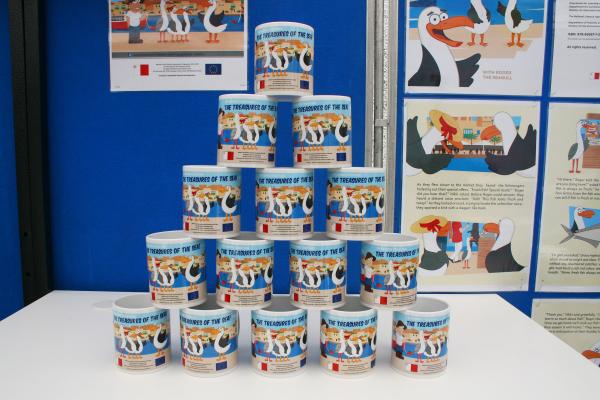
Like many alien invasive species, Blue Crab came to the European waters by accident. It was transported from its distant home in the American north Atlantic, most likely though ship ballast water, already at the beginning of the XX century, and spread rapidly since then. The diffusion of the blue crab became over the time a concern to fishers since it not only alters the biodiversity of the marine environment but also destroys fishing gear and preys on other species. Yet, as its scientific name says (Callinectes sapidus, tasty beautiful swimmer), the blue crab is actually delicious to eat and an important potential food resource in its own right. The blue crab invasion has reached also the Albufera Lagoon in Spain, with a significant impact on local fisheries.
That is why the Fishers’ Community of El Palmar, which operates in the Lagoon, and researchers from the Polytechnic University of Valencia decided to start together a research project, with the objectives of limiting the expansion of the blue crab, on one side, and facilitating its fishing on the other. In particular, the project set out to study and understand the migration patterns to the open sea of the blue crab with a focus on controlling the females’ migration during the spawning period, before they reach the sea. The EU funding coming through the local FLAG gave the researchers of the project the possibility to buy a telemetry system using acoustic tags that are detected from the shore, allowing for better triangulation of the location and movements of individual crabs.
As a result of the project, a control plan is being developed containing measures and actions to promote the sustainable recovery of the Albufera by reducing blue crab numbers. Various complementary solutions have been proposed, such as the managing of the gates in the lagoon’s inlet channels, to limit the entry of blue crab larvae and the exit of adults for spawning; and the capture of females before they have a chance to reproduce. The lagoon used to be a fishery of eels, but with an eel fishing ban running from April to October, the local fishers could only fish for blue crabs during the remaining five months of the year, otherwise they would run the risk of catching eels too. By adopting alternative fishing gear with larger mesh sizes that would allow eels to escape while retaining the blue crabs, the opening of year-round fishing for blue crab could then be included in the plan, as it is more efficient to control crab population in the lagoon. This plan will be submitted to the authorities and local stakeholders in 2024.
Ultimately, the knowledge aggregated through the project allowed to understand what are the best times and places to catch the blue crab, making fishing more efficient. Using the appropriate gear, fishers can help to control the spread of this invasive species while boosting their income:
This species, at first, was a great threat to our sector in Albufera, but little by little we have learned to control the blue crabs and benefit from catching them
says José Caballer Torrent, fisher and president of El Palmar Fishers’ Community.
This EU-financed project encouraged the scientific community and experts from the fishing sector to join forces:
This project has really helped to improve the relationship between the research sector and the fishing sector. As researchers we have begun to learn about many of the fishers’ problems, as a social and economic reality to be taken into account. And the fishers have learned to see us as allies in the search for solutions to their problems
concludes Miguel Rodilla, the researcher in charge of the project implementation.
Did you like this story?
Then also check out the May edition of Euronews Ocean episode on invasive species.
Keep informed about the project
Project website (ES)
Social media
Facebook: https://www.facebook.com/pescaAlbufera/
Twitter: https://twitter.com/pescaalbufera
Details
- Publication date
- 2 June 2022
- Author
- Directorate-General for Maritime Affairs and Fisheries




